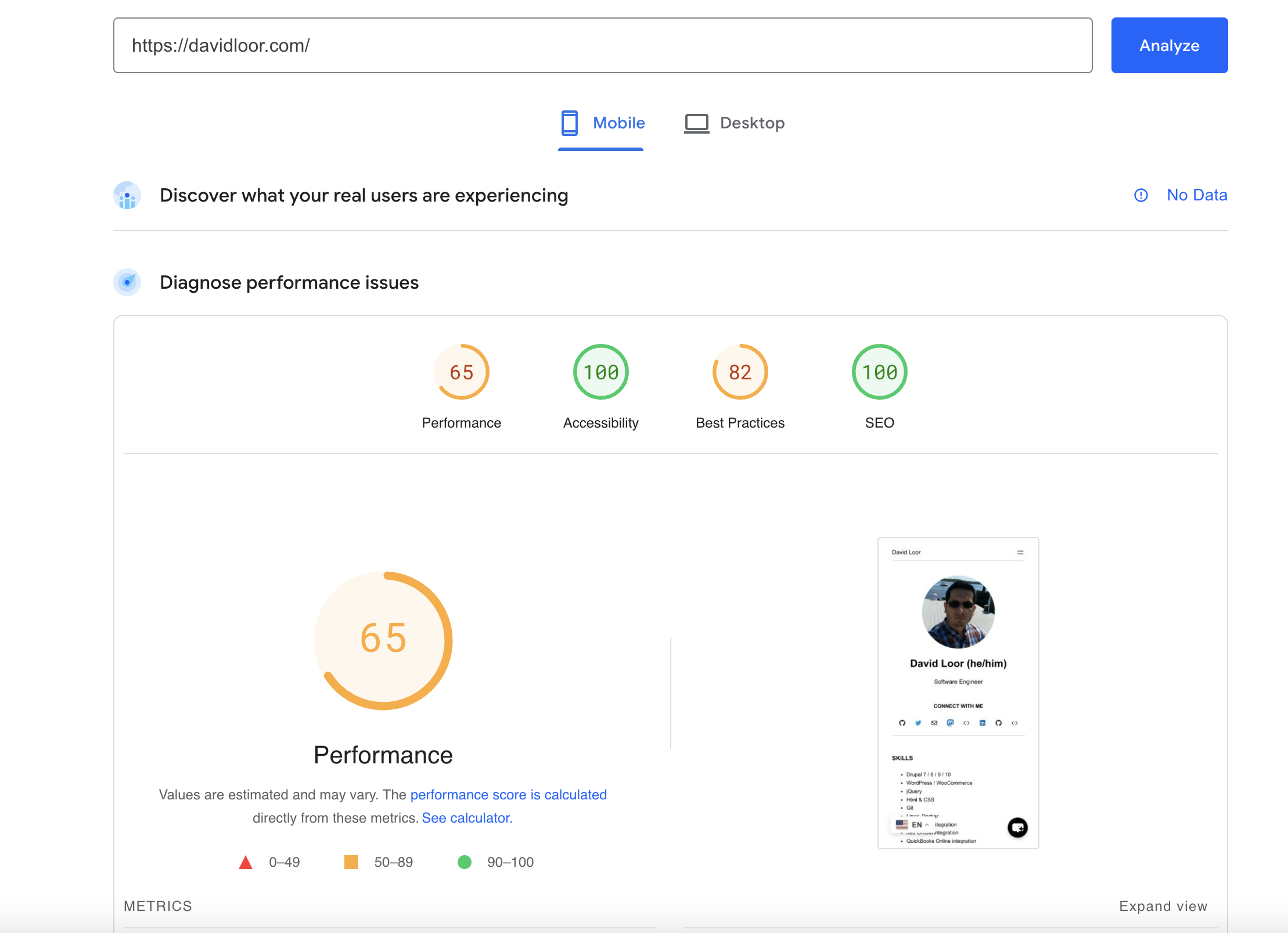我为何选择 Next.js 和 AI 工具重构我的网站,而非 WordPress
我想在一个周末内重新设计我的网站,并考虑了三种可能的工具:Drupal、WordPress 和 Next.js。由于我现有的网站是基于 WordPress 构建的,它似乎是最佳选择。使用 WordPress,我无需迁移内容,服务器也已设置好,只需应用一个新主题即可。
然而,我选择了 Next.js 和 AI 工具来重新设计我的网站。原因如下。
重新设计流程
网站重新设计不仅仅是发布新版本。流程取决于项目的复杂程度和目标。有些重新设计是简单的更新,而有些则需要重建整个网站,包括其布局、设计和功能。
重新设计的关键部分可能包括:
- 创建新设计或改进现有设计
- 更改内容布局,使其更易于阅读和使用
- 通过提高网站速度和易于搜索引擎发现来改进 SEO
- 根据用户需求添加新功能
- 设置重定向,以便旧 URL 仍然有效且不影响搜索排名
- 使网站更易于访问和更快,以获得更好的用户体验
- 如果更换平台,则迁移内容或重构数据
我的重新设计项目需要解决所有这些方面。
设计挑战
我知道我缺乏设计技能。更重要的是,我不喜欢设计过程。我搜索了符合我设想的 WordPress 主题,但找不到任何。这意味着如果我继续使用 WordPress,我将不得不创建一个自定义主题或页面构建器模板。由于没有符合我需求的内容,Drupal 也面临同样的问题。
由于我不是设计师,我有两个选择:
- 使用现有主题
- 寻求帮助
我决定使用 AI 工具将我的想法变为现实。只需几个描述性提示,AI 就能从导航菜单到内容布局和响应式设计,创建了我所需的所有 UI 组件。
从后端(管理区域)来看,Drupal 和 WordPress 尚未完全支持 AI 工具来生成自定义布局,或者它们无法最佳地工作。现有选项仍然需要登录网站并反复点击多个步骤。然而,Drupal 社区正在这一领域取得重大进展,我计划很快撰写相关内容。
我选择 Next.js 的原因
我排除了 WordPress 和 Drupal,因为它们需要太多手动工作。尽管我有 Drupal 经验,但设置一个包含模块和主题的网站所需的时间比我拥有的要多。由于只有一个周末来完成项目,我需要一个简单、没有不必要复杂性的解决方案。
相反,我转向了 Next.js 和现代开发工具。Cursor 和 Windsurf,都是 IDE,通过从简单的提示生成结构化、生产就绪的代码来简化 UI 设计。你可以用简单的英语描述你想要的东西,例如“创建一个带有徽标和链接的响应式导航菜单”,然后立即获得可部署的代码。我已经在个人项目和工作中使用了这些工具相当长一段时间了。
高效的 AI 驱动开发的关键之一是精心设计提示。对于迁移过程,我提供了现有 WordPress 页面的 URL,并描述了所需的 Next.js 内容结构。通过这些详细的提示,Cursor 生成了脚本来抓取我旧网站的内容,并将其转换为新格式。同样的方法也有助于创建优化的 URL 和重定向规则,以维护 SEO 排名,同时确保整个网站的正确元数据和语义 HTML 结构。
传统上,你需要手动编写每一行代码。这些 IDE 通过简单的提示生成整个组件和页面,遵循最佳实践并保持代码质量。生成的代码可以立即部署到你的服务器。
为了简化流程,我使用了:
- ChatGPT、Gemini 和 Claude 进行头脑风暴和精心设计有效的提示
- Cursor 和 Windsurf 进行代码生成和结构化
- Tailwind CSS 进行快速样式设计和响应式设计
Tailwind 通过一致、优化的结果实现了快速的样式设计。
此外,托管在 Vercel 的免费套餐上,每月为我节省了 5 美元的托管费用,并省去了每月在 WordPress 更新和服务器维护上花费的数小时。
AI 的力量
AI 使我们能够实现以前无法实现的事情,无论是由于缺乏专业知识还是缺乏兴趣。
我决定的另一个主要因素是速度。
正如最后的性能测试所示,我的旧 WordPress 网站在移动设备上的 PageSpeed Insights 得分仅为 65:

相比之下:
- Next.js 速度极快,在移动和桌面设备的 PageSpeed 上均获得 100 分
- 仅通过几个精心设计的提示和几分钟的时间就实现了这一目标
拥抱 AI 同时保持控制
AI 通过大幅提高生产力正在彻底改变软件开发。它使开发人员能够完成以前需要整个团队才能完成的任务,或者由于时间限制、缺乏专业知识或对某些开发方面缺乏兴趣而似乎遥不可及的任务。
然而,重要的是要理解 AI 是一个强大的助手,而不是基础知识和批判性思维的替代品。以下是我获得的一些关键见解:
- 学习基础知识比以往任何时候都更重要。你需要了解 AI 在做什么以及为什么
- 将自己定位为驾驶员,AI 作为你的助手处理重复性和手动任务
- 将精力集中在挑战性方面:理解用户需求、系统设计、架构决策和解决问题
- 在 AI 时代,强大的沟通技巧(如积极倾听)变得更加重要
关键在于拥抱 AI,同时保持对开发过程的控制。这意味着要彻底审查生成的代码,理解其含义,并确保它符合你的项目需求和最佳实践。
在我的例子中,AI 使我能够通过几个精心设计的提示将我的想法变为现实。它帮助我快速迭代、实验和改进,直到我得到我喜欢的结果,所有这些都大大降低了时间成本。
虽然我确实喜欢 Drupal 和 WordPress,并且它们是许多我将继续使用的用例的优秀工具,但对于这个特定的项目而言,AI 驱动的 Next.js 开发被证明是完美的解决方案。
技术栈
这是我用来构建此网站的完整技术栈:
| 类别 | 工具 |
|---|---|
| 版本控制与托管: |
|
| 前端框架与样式: |
|
| AI 开发工具: | |
| 表单与通信: |
|